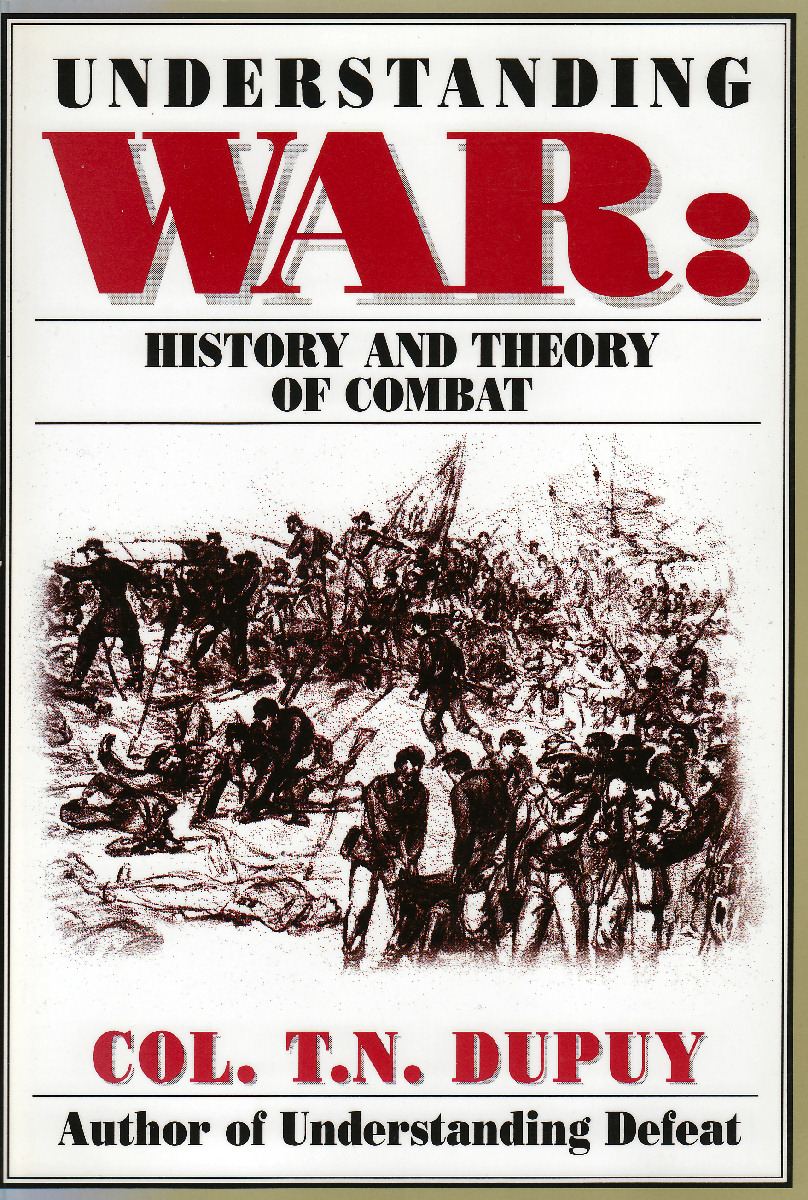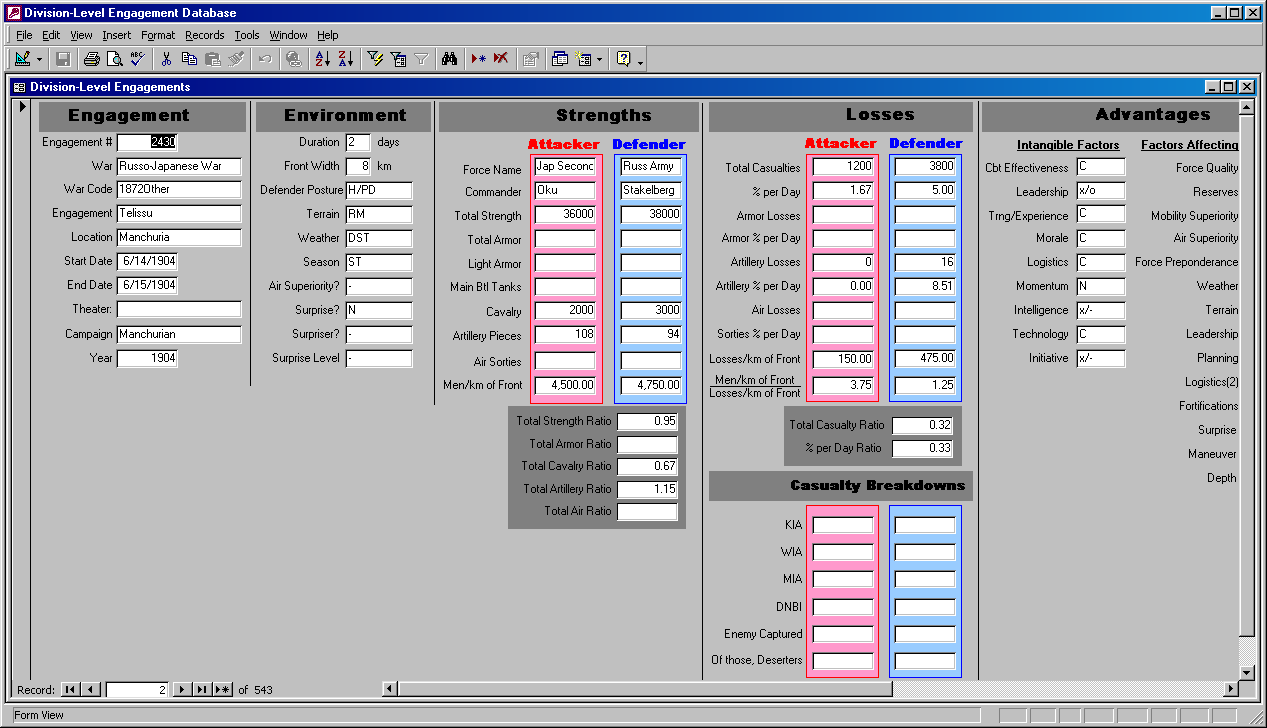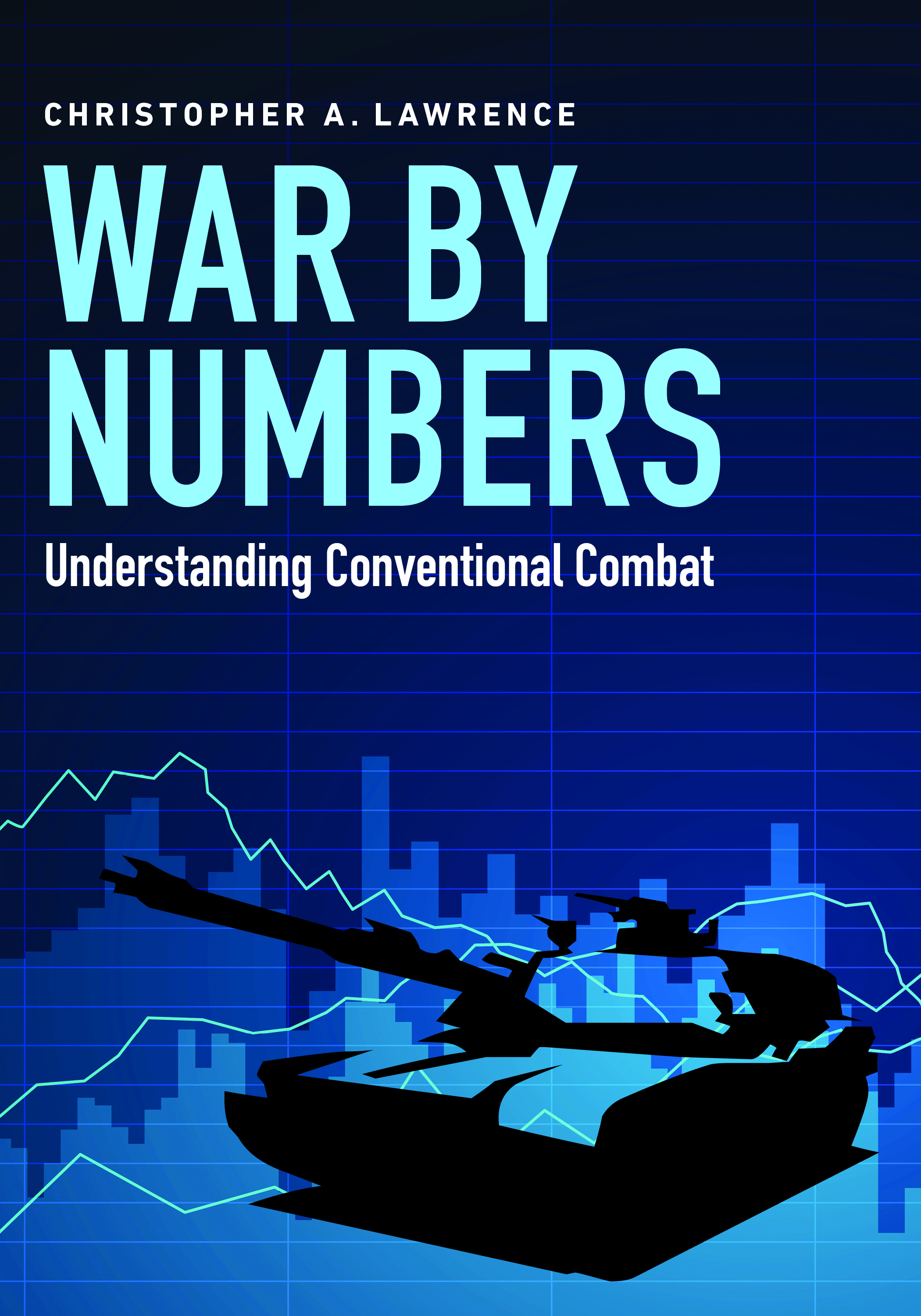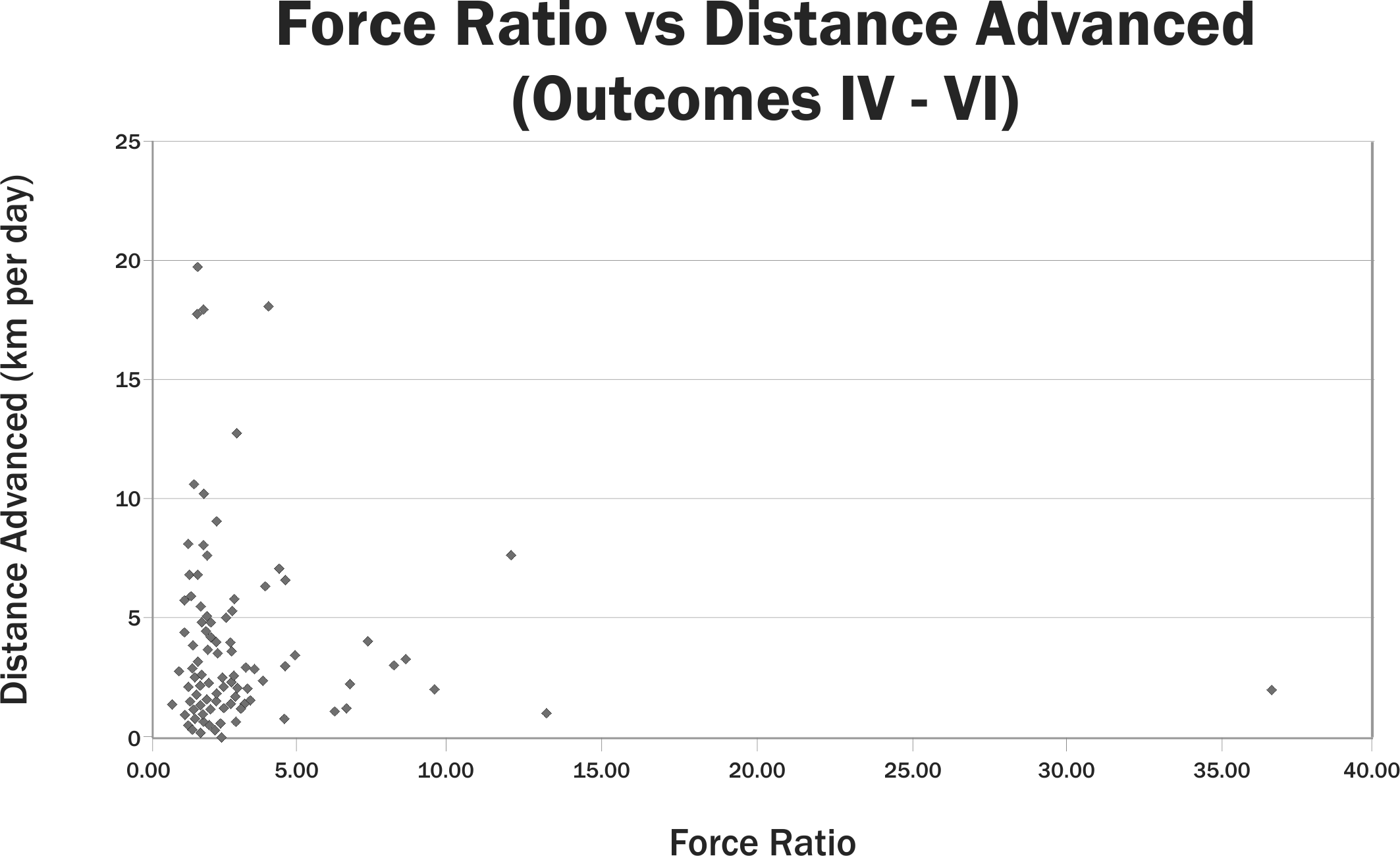
Invariably, especially with a new book coming out (War by Numbers), I expected to get requests for copies of our data bases. In fact, I already have.
Back around 1987 or so, a very wise man (Curt Johnson, VP of HERO) estimated that for the LWDB (Land Warfare Data Base) that it took 3 man-days to create an engagement. The LWDB was the basis for creating many of our later data bases, including the DLEDB (Division Level Engagement Data Base). My experience over time is that this estimate is low, especially if your are working with primary sources (unit records) for both sides. I think it may average more like 6 man-days an engagement if based upon unit records (this includes the time to conduct research).
But going with Curt’s estimate, let’s take the DLEDB of 752 cases and re-create it. This would take 3 man-days times 752 engagements = 2,256 man-days. This is 9 man-years of effort. Now 9 man-years times a loaded professional rate. A loaded man-year is the cost of a person’s labor times indirect costs (vacation, SS and Medicare contributions, health insurance, illness, office space, etc.), general and administrative costs (corporate expenses not included in the indirect costs, including senior management and marketing), and any fee or profit. Loaded rate is invariably at least 60% of the direct costs and usually closer to 100% of direct costs (and I worked at one company where it was 200% of direct costs). So a loaded man-year may be as low at $120,000 a year but for people like RAND or CNA, it is certainly much higher. Nine man-years times $120,000 = $1,080,000.
Would it really cost more than a million dollars to re-created the DLEDB? If one started from scratch, certainly. Probably (much) more, because of all the research into the Ardennes and Kursk that we did as part of those database projects. The data bases were created incrementally over the course of more than 30 years as part of various on-going contracts and efforts. We also had a core group of very experienced personnel who were doing this.
Needless to say, if any part of the data base is given away, loaned out, or otherwise not protected, we loose control of the “proprietary” aspect of these data bases. This includes the programming and formatting. Right now, they are unique to The Dupuy Institute, and for obvious business reasons, need to remain so unless proper compensation is arranged.
Sorry.
P.S. The image used is from the old Dbase IV version of the Kursk Data Base. We have re-programmed it in Access.





